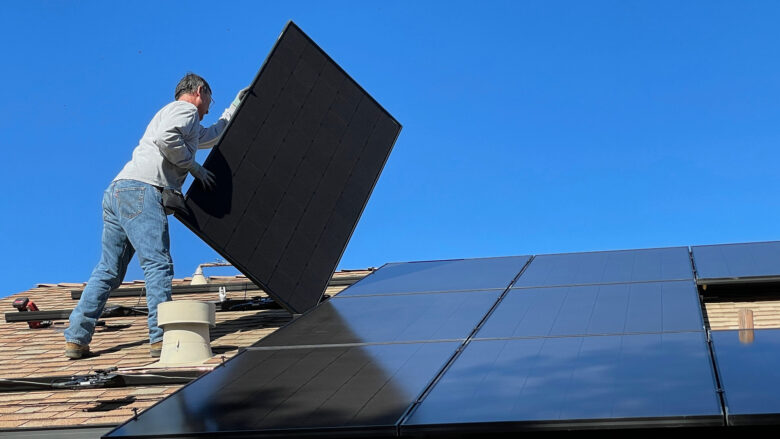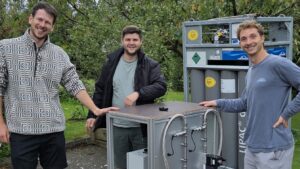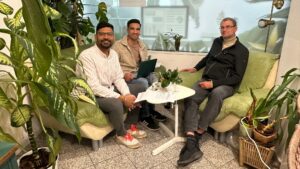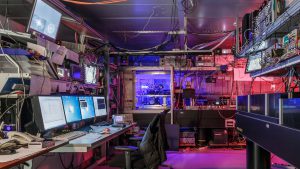Energy independence? Two million European households could achieve that by 2050

Complete independence from the energy grid and self-sufficiency thanks to technologies such as solar panels: this dream should come true for two million European households by 2050. This is the result of a study by the Karlsruhe Institute of Technology, reports Science Daily. More than half of Europe’s detached households would have been able to become completely energy self-sufficient by 2020. This technical possibility could increase to 75 percent by 2050.
SpaceX partners with ESA to launch European navigation satellites
Complete independence can be quite expensive
However, the study shows that it is not economically advantageous for individual households to become completely energy self-sufficient, either under current or future conditions. This is also true if in some cases the costs are the same as connecting to the electricity grid. The researchers estimate that self-sufficiency will be economically feasible for five percent (two million) of the 41 million detached single-family homes in Europe in 2050. However, households would have to pay around 50 percent more for this than if they remained connected to the electricity grid.
“Our results show that even in 2050 going off-grid won’t be the most economic choice, but it could make sense to invest in these kinds of self-sufficient buildings if you are willing to pay more for self-sufficiency,” says lead author Max Kleinebrahm, an energy economics researcher at the Karlsruhe Institute of Technology in Germany.
The US government’s new AI regulation dispenses with explicit bans
Energy self-sufficient through solar systems
The cost of grid energy is rising as renewable energy technology becomes more affordable. More and more households therefore want to become energy self-sufficient. Kleinebrahm’s team wanted to know how feasible it would be for individual residential buildings in different parts of Europe to become fully self-sufficient and whether there would be any financial benefits to doing so.
To identify regions and building types that are more suitable for self-sufficiency, the researchers compiled a database of houses across Europe. They identified 4,000 houses that were representative of different regions in terms of architecture, household electricity needs, climatic conditions, and local economic conditions. The researchers then designed optimal energy systems for each representative house that fully cover the need for electrical and thermal energy while minimizing costs.
For self-sufficiency, the study included measures such as solar panels on the roof, small wind turbines, various types of storage systems, the installation of heat pumps as well as retrofitting and insulation measures. The results represent 41 million detached single-family homes in Europe. According to the study, 53 percent of houses could have been energy self-sufficient in 2020. By 2050, the proportion could rise to 75 percent. But self-sufficiency is always more expensive than connecting to the electricity grid.
Disagreements: EU may not adopt AI regulation in 2023 after all
Partial self-sufficiency can reduce energy costs
Homes in sunny European countries such as Cyprus, Malta, and Italy have greater economic potential for self-sufficiency, while northern European countries such as Finland, Norway, and Sweden have the lowest potential. Regions with larger roof areas, such as Denmark, Slovenia, the Netherlands, and France, also have greater potential for self-sufficiency. The researchers also found that the potential for self-sufficient buildings is greater in countries with high grid electricity costs, such as Germany, because there are fewer financial incentives to stay on the grid.
Complete self-sufficiency is very expensive, but partial independence – where a building remains connected to the power grid but also uses solar systems, etc. – can reduce energy costs. Above all, high network operator costs make exiting the network more attractive. But more exits could increase network costs even further. That’s why political decision-makers and energy companies should encourage even completely self-sufficient households to stay connected to the grid, the researchers advise.






























